
by installing spacers. 4 Series MLGP Dimensions 40 to 63/MLGPM, MLGPL/Retraction locking (mm) LOCK 1in = 25.4mm XAH7 depth XL T-slot dimensions 4-YY depth YL a b XB XAH7 c d e X XC XAH7 Bore size (mm) XL a b c d e 6.5 11 10.5 5.5 40 4 Section XX detail 8.5 13.5 13.5 50 7.5 4.5 WB Z WA Section XX 17.8 63 11 18.5 10 7 Bottom view Section XX L 4-NN through Section XX WA Z IA IC 4-MM depth ML
L1 From V = 1.4 Va We = W V = 4/100 10 1.4 300 = 168 [N] Me3 = 1/3 We (L2 A) = 1/3 1680.032 = 1.8 [Nm] 3 = Me3/Me3 max = 1.8/7.2 = 0.250 cDynamic moment Examine Me3. Find the load equivalent to impact We. Damper coefficient = 4/100 (urethane damper) Me3 Guide central axis L2 We W A Find the value of Me3 max when V = 1.4 and Va = 420 mm/s from Graph (2). Me1 Examine Me1.
Maximum load mass m 1 = m/mmax = 1/5 = 0.20 L2 Review m. L1 M2 = m g (L1 + B) 103 2. Static moment m x g = 1 9.8 (50 + 48) 103 Review M2. Since M1 & M3 are not generated, review is unnecessary. = 0.96 [Nm] 2 = M2/M2 max = 0.96/4 = 0.24 M Guide shaft mounting surface L1 B We = 5 x 103 m g U = 5 x 103 1 9.8 300 = 14.7 [N] Me3 = 1/3 We (L2 + A) 103 3.
Maximum load mass m 1 = m/m max = 1/5 = 0.20 L2 Review m. L1 2. Static moment M2 = m g (L1 + B) 103 m x g = 1 9.8 (50 + 48) 103 Review M2. Since M1 and M3 are not generated, review is unnecessary. = 0.96 [Nm] 2 = M2/M2 max = 0.96/4 = 0.24 M Guide shaft mounting surface L1 B We = 5 x 103m g U = 5 x 103 1 9.8 300 = 14.7 [N] Me3 = 1/3 We(L2 + A) 103 3.
A3 W MX Mp Mr My MTS W W W MY L1 A2 L3 A5 W L2 A4 CY Mey Note) No need to consider this load factor in the case of using perpendicularly in a vertical position.
L2 [mm] L2 [mm] L2 [mm] 600 600 600 Y 400 400 400 Mer m 200 200 200 0 0 0 0 5 10 15 20 25 30 35 0 10 20 30 40 50 0 10 20 30 40 50 60 70 Work load [kg] Work load [kg] Work load [kg] 1000 1000 1000 800 800 800 Mep L3 [mm] L3 [mm] L3 [mm] m 600 600 600 L3 Z 400 400 400 200 200 200 0 0 0 0 10 20 30 40 50 60 70 0 10 20 30 40 50 0 5 10 15 20 25 30 35 Work load [kg] Work load [kg] Work load [kg
Me3 Guide central axis We W L2 A Me1 Me1 = 1/3WeL1 = 1/31680.05 = 2.8 [Nm] 4 = Me1/Me1max = 2.8/7.2 = 0.389 W We Investigate Me1.
Dynamic moment Va Calculation Example m Operating conditions Cylinder: CYV32 Mounting: Horizontal wall mounting Maximum speed: U = 300 [mm/s] Load mass: m = 1 [kg] (excluding mass of the arm section) L1 = 50 [mm] L2 = 50 [mm] L2 L1 Item Load factor n Note 1. Maximum load mass m 1 = m/m max = 1/5 = 0.20 L2 Review m. L1 2.
Cylinder: MXY8-100 Cushion: Rubber stopper Mounting: Horizontal wall mounting Average speed: Va = 300 [mm/s] Load weight: W = 0.2 [kg] L2 = 40 mm L3 = 50 mm Model to be used Type of cushion Mounting orientation Average speed Va (mm/s) Load weight W (kg) Overhang Ln (mm) W L3 + A3 L2 Courtesy of Steven Engineering, Inc.-230 Ryan Way, South San Francisco, CA 94080-6370-Main Office: (650
Dynamic moment Va Calculation example m Operating conditions Cylinder: CYP32 Mounting: Horizontal wall mounting Maximum speed: U = 300 [mm/s] Load mass: m = 1 [kg] (excluding mass of arm section) L1 = 50 [mm] L2 = 50 [mm] L2 L1 Item Load factor n Note 1. Maximum load mass m 1 = m/mmax = 1/5 = 0.20 L2 Review m. L1 M2 = m g (L1 + B) 103 2.
Dynamic moment Va Calculation example m Operating conditions Cylinder: CYP32 Mounting: Horizontal wall mounting Maximum speed: U = 300 [mm/s] Load mass: m = 1 [kg] (excluding mass of arm section) L1 = 50 [mm] L2 = 50 [mm] L2 L1 Item Load factor n Note 1. Maximum load mass m 1 = m/mmax = 1/5 = 0.20 L2 Review m. L1 2.
Dynamic moment Va Calculation example m Operating conditions Cylinder: CYP32 Mounting: Horizontal wall mounting Maximum speed: U = 300 [mm/s] Load mass: m = 1 [kg] (excluding mass of arm section) L1 = 50 [mm] L2 = 50 [mm] L2 L1 Item Load factor n Note 1. Maximum load mass m 1 = m/mmax = 1/5 = 0.20 L2 Review m. L1 2.
Dynamic moment Va Calculation Example m Operating conditions Cylinder: CYV32 Mounting: Horizontal wall mounting Maximum speed: U = 300 [mm/s] Load mass: m = 1 [kg] (excluding mass of the arm section) L1 = 50 [mm] L2 = 50 [mm] L2 L1 Item Load factor n Note 1. Maximum load mass m 1 = m/m max = 1/5 = 0.20 L2 Review m. L1 2.
W W Mey Mep We We L3 A3 L2 A2 Note) Static moment : Moment by gravity Kinetic moment : Moment by stopper collision Max.allowable load:W max.
When sum of load rate does not exceed 1, it is possible to use. n=1+2+3 1 < = < = 47 MXS Series Air Slide Table How To Select Allowable load: W(N) Fig.1 Overhung: Ln(mm), Correction value for moment center distance An (mm) Fig.2 Pitch moment Yaw moment Roll moment W My Mp Mr W W W Static moment Kinetic moment L1 A1 L3 A5 L2 A3 W Mp Mr My W W L3 A6 W L1 A2 L2 A4 W Mey Mep L2 A4 A2 L3 Work
Dynamic moment U: Maximum speed U Calculation examples Operating conditions Cylinder: REBH15 Mounting: Horizontal wall mounting Maximum speed: U = 500 [mm/s ] Load weight: W = 1 [kg] (excluding weight of arm section) L1 = 200 [mm] L2 = 200 [mm] W L2 L1 Item Load factor n Note 1. Maximum load weight W 1 = W/Wmax = 1/3 = 0.111 = 0.333 Review W.
Do not short-circuit these terminals. [1] Main circuit power input terminals, L1, L2 and Control power input terminals, L1, L2: Connect the 200VAC external power supply to the power supply. Refer to the power supply specification for the size of the acceptable electric wire. [2] Connect the motor cable (U, V, W) to the servomotor connection terminals (U, V, W).
MAKER MADE IN IDF Series i-2 i-5 IDX-OM-W026 i i-3 HFC IDF Series i-3 i6 IDX-OM-W026 i i-4 / 1 1.5 () IDF Series i-4 / i7 IDX-OM-W026 1 1 1-1 OUT IDF22E75E IN (ONOFF ) (EVAPORATING TEMP) 5-2 IDF22E-20, IDF37E-20 IDF22E-30, IDF37E-30, IDF55E-30, AC200V IDF75E-30 AC200V L N PE L1 L2 L3 PE M3 M3 1.25-3 1.25-3 (6.5mm ) (6.5mm ) IDF Series 1-1 1 1 IDX-OM-W026 1 IDF22E75E OUT
A3 End plate mounting MX Mp Mr W My W W MTS W L3 A6 W L1 A2 L2 A4 MY K = 0.6 W Mey Mep CY L2 A4 MG Note) No need to consider this load factor in the case of using perpendicularly in a vertical position.
VM L1 L1 VMG Output L2 Piping Caution Piping VR L2 VR51 VR51 1.Preparation before piping Before piping is connected, it should be thoroughly blown out with air (flushing) or washed to remove chips, cutting oil and other debris from inside the pipe. 2.When piping on the product In the case of connecting piping to the product, consult the operation manual and use caution to avoid making a mistake
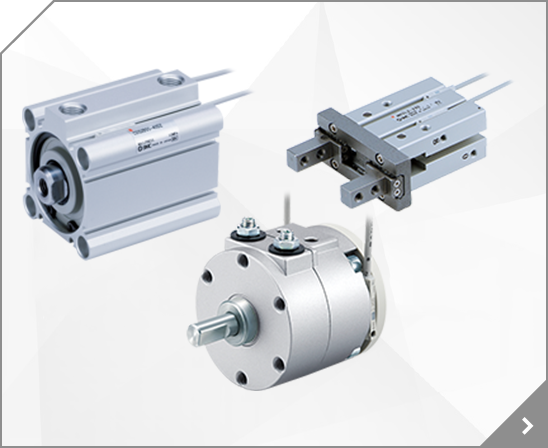
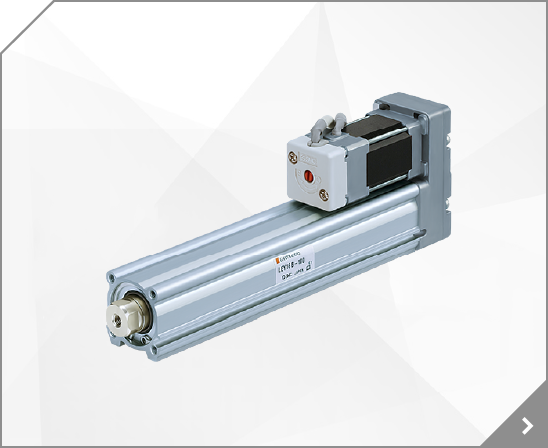
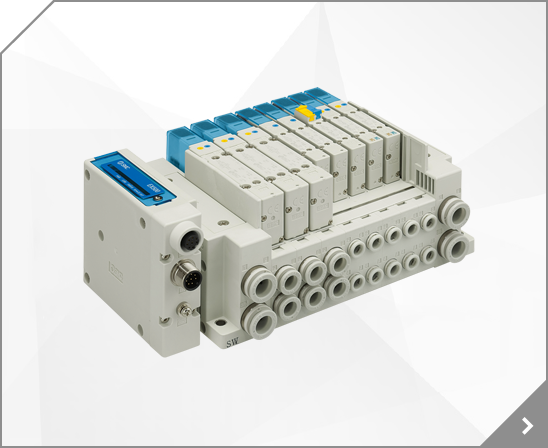
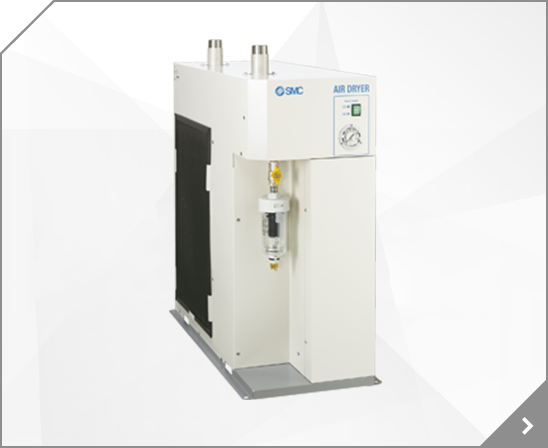
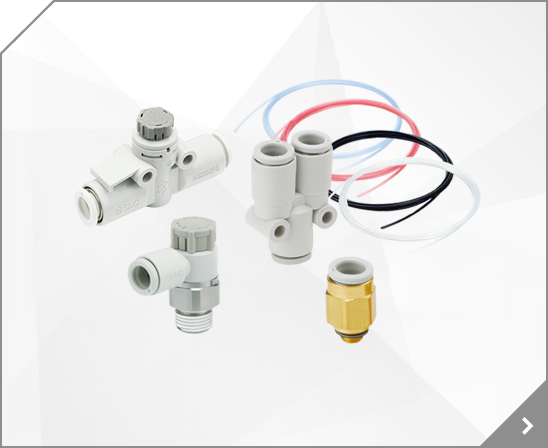
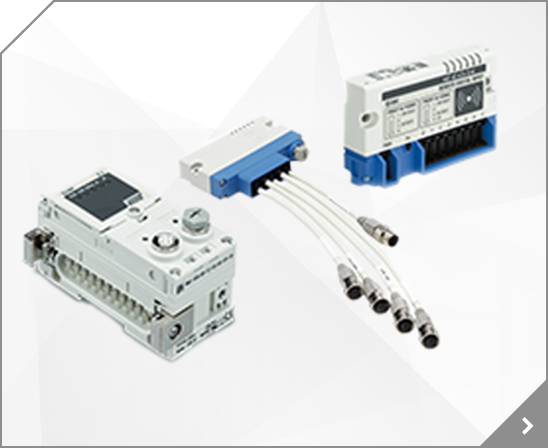
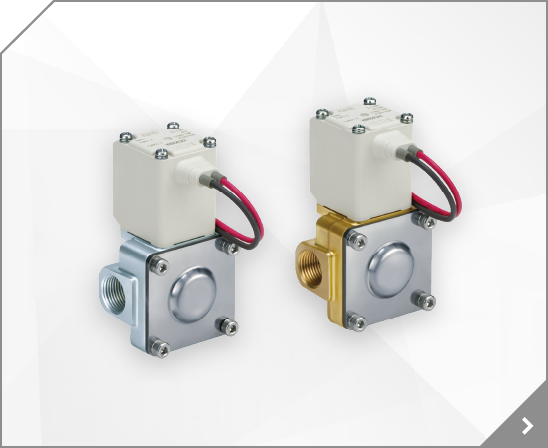
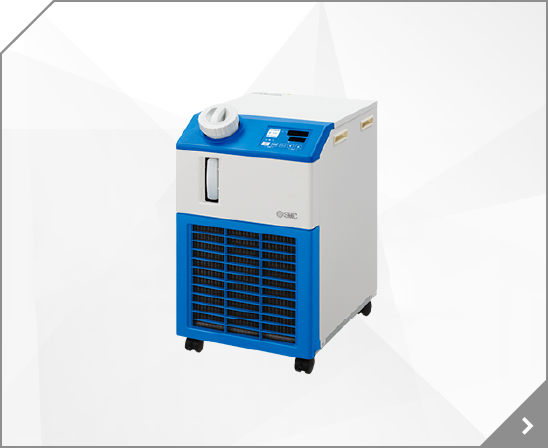
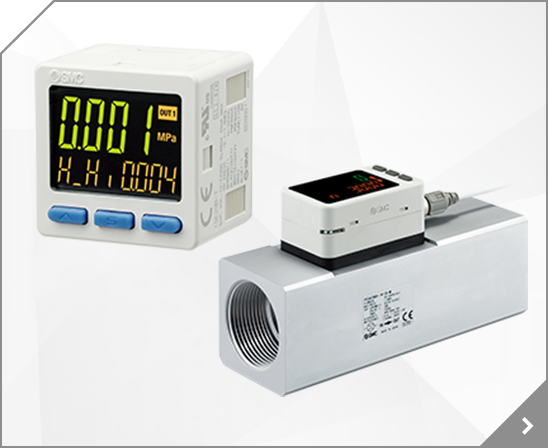
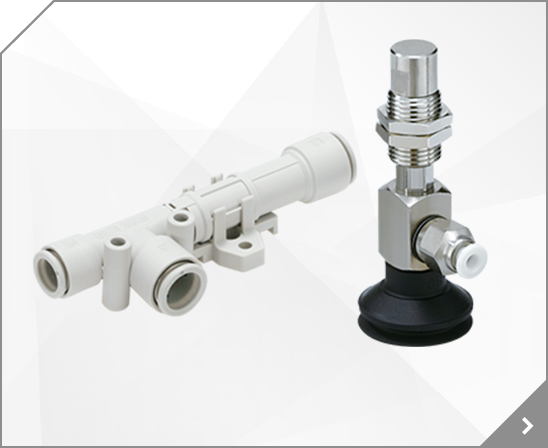

 Compact Guide Cylinder with One-way Lock Series MLGP ø40, ø50, ø63
Compact Guide Cylinder with One-way Lock Series MLGP ø40, ø50, ø63